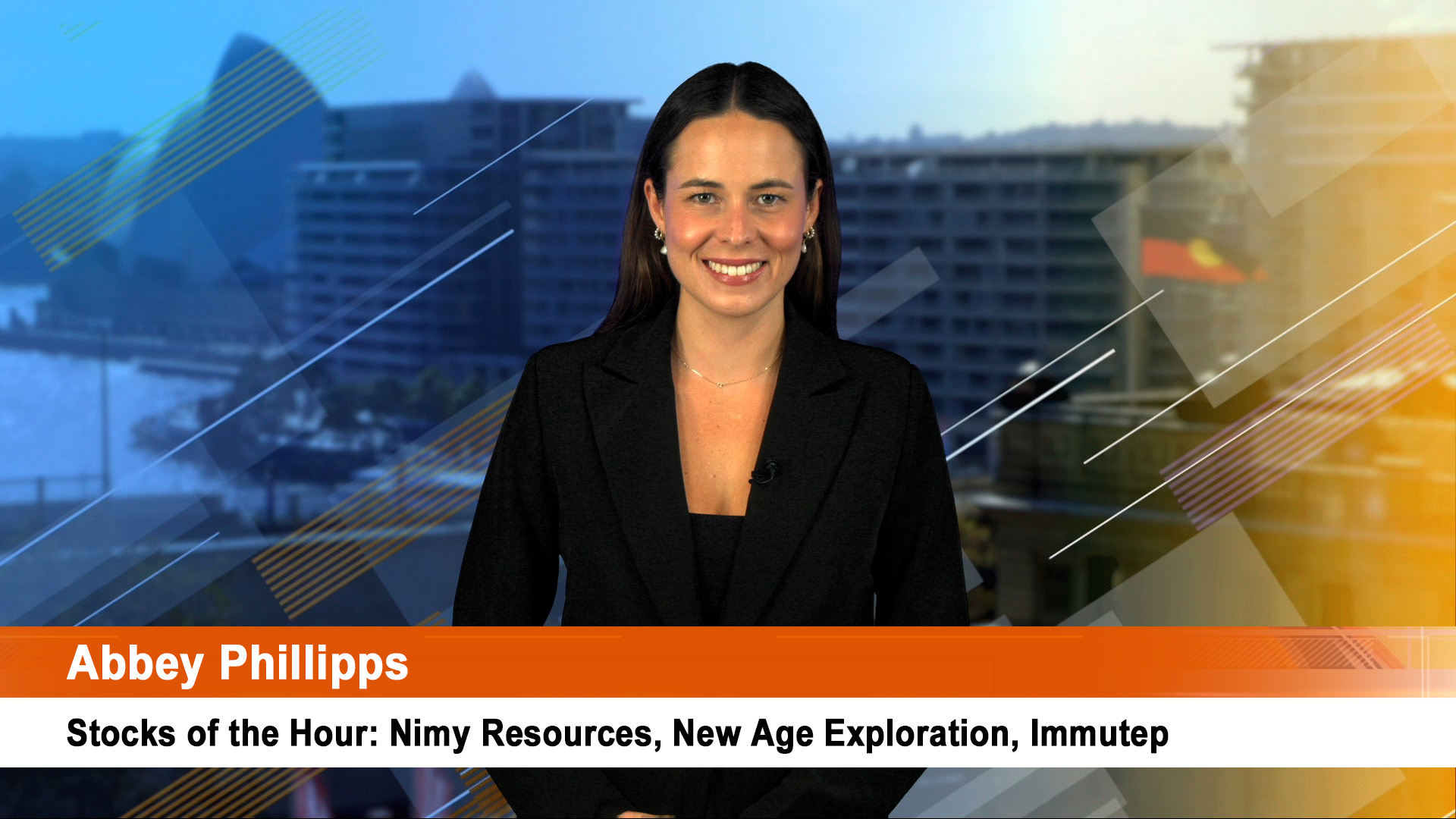Judging by the stockmarket treatment of Rio Tino and BHP shares yesterday, both are trading ex the proposed BHP takeover of around $US150 billion worth of paper.
Rio shares fell 3.7% or as much as $4.68 to around $122.01 yesterday before closing around $122.96, down $3.74 on the day. That was the lowest level since November.
BHP shares were sold down to well under $37 and ended off $1.19 at $37.52 which is the lowest for around five months.
The overall market lost just over 150 points, or 2.5% after Wall Street's 277 point fall on the back of poor retail sales for December and huge losses and write-downs from Citigroup which were much bigger than thought.
The fall for Rio came despite the late announcement by the company of very solid fourth quarter production figures (and the full 2007 financial year numbers as well).
The figures will be poured over by analysts, big shareholders and BHP looking for strengths and weaknesses for the proposed bid.
The roiling financial markets and big losses being sustained by some of the world's major banks, are making it harder to see BHP going ahead with the bid.
BHP has said it has commitments to raise $US70 billion in cash after the bid is successful. That would be the largest corporate raising ever and would have been a battle in the first half of last year when credit conditions and confidence levels were high.
Now risk, worries about creditworthiness, concerns about property prices and growing unease at the health of the US and European economies, have forced a rethink in markets and among investors about big takeover deals.
Certainly raising $US70 billion over the next year looks a big call.
Rio said its vital iron ore business had a good final quarter with output rising to a record thanks to strong demand for the steelmaking ingredient from China.
Iron ore production increased 11% to 38.96 million tonnes in the three months ended December 31.
Aluminium output was boosted to record levels by the $A44 billion purchase of Alcan Inc.
Rio said that besides iron ore and aluminium output, production of bauxite, alumina, refined gold and refined copper reached new record highs in calendar 2007.
With prices of iron ore, gold and copper at or near highs, this should mean a solid final half year result when the full 2007 financial figures are produced next month.
"Rio Tinto has pulled out all the stops to boost production in 2007," RIO CEO, Tom Albanese said in a statement accompanying its fourth quarter production report.
"With significant expansions in iron ore and aluminium and the contribution of the Alcan acquisition, which created the world's leading aluminium producer, we are set to see an acceleration of this growth in 2008.
"Against a background of record prices for many of our commodities and with a strong outlook for the demand for our products in the developing markets, we look forward with confidence," he said.
Rio said in the statement that:
• Its iron ore production set a new annual record at 179 million tonnes in 2007. On an attributable basis 2007 iron ore production was 145 million tonnes, 9% up on the 2006 total.
• Fourth quarter attributable iron ore production was also a record, 11% per cent ahead of the fourth quarter of 2006 and 7% up on the previous quarter of 2007.
• The Pilbara operations continued their rapid expansion with the Hamersley mines raising production by 17% compared with the fourth quarter of 2006. At the end of December 2007 the Pilbara ports were operating at a rate of 190 million tonnes per annum (164 million tonnes on an attributable basis).
• Rio's newest iron ore mine, Hope Downs, commenced production in November 2007, three months ahead of schedule. With the first expansion already approved, it is expected to reach 30 million tonnes annual capacity in 2009 – a rapid and sizeable increment to production in the Pilbara.
• Fourth quarter bauxite, alumina and aluminium production were at record levels, increasing by 74%, 133% and 287% respectively compared with the same quarter of 2006. This followed the Alcan acquisition and its subsequent integration with effect from 24 October 2007. On a proforma basis, excluding the Alcan acquisition, quarterly and annual production records were set for bauxite and aluminium.
• Mined copper production was five per cent higher than the third quarter of 2007 primarily reflecting increased throughput at Kennecott Utah Copper but decreased by 14% compared with the same quarter of 2006, mainly due to lower grades at Kennecott Utah Copper and Northparkes.
• Rio's position as a significant gold producer was confirmed by its 2007 share of mined gold production of 1.2 million ounces, a 23% increase on 2006.
• Fourth quarter production of refined copper and refined gold rose 65% and 98% respectively above the 2006 fourth quarter level, reflecting a full quarter of production at the Kennecott Utah Copper smelter after the scheduled maintenance in the fourth quarter of 2006. Rio Tinto's share of mined gold production in 2007 was 1.23 million ounces, a 23% increase over 2006. Refined gold output was 523,000 ounces, an increase of 13%.
• Fourth quarter uranium production was 13% higher than the prior quarter but 14% lower than the 2006 comparative period. The Ranger operation processed higher grade ore following the implementation of dewatering strategies and optimisation of the mine plan, offsetting reduced Rössing production due primarily to lower grades.
Rio said it significantly stepped up its exploration and evaluation expenditure in 2007, reported gross pre-tax cash costs of $570 million, double the $283 million spent in 2006.
It said that as part of its plan to streamline its portfolio, $253 million in pre-tax earnings













